The Temple of Vesta, which is among the earliest in Rome, is positioned to the south of the Via Sacra in front of the Regia. Temple of Vesta was established at or very soon after the foundation of Rome, but was traditionally attributed to the King Numa Pompilius (8 th. c. B.C.), the organiser of Roman religion. Within it, guarded by the Vestal Virgins, was the sacred and eternal flame which was the symbol of the eternal life of Rome. It was constructed on the model of a hut, the oldest type of home known in Italy, with an opening in the roof to let out the smoke of the fire.
This was where the fire spiritual to Vesta, the goddess of the household hearth, needed to be kept continually burning, for catastrophe threatened if the flame were to head out. This certainly implied the structure was often in risk of fire. During the course of ten centuries it was six times destroyed by fire more or less completely and each time rebuilt, on the last occasion by Julia Domna, wife of the Emperor Septimius Severus at the beginning of the 3rd century.

It appears nevertheless that the different reconstructions maintained the initial orientation with the entryway ritually on the east and the initial circular type of the ground plan, which has its models in the huts of the early iron age, as told by Ovid in his Fasti. The initial temple might extremely well have actually been a round hut with walls in wood and wattling, plastered with clay, and with a straw roofing.
The cult of Vesta returns to the earliest days of Rome. Inning accordance with tradition the mother of Romulus and Remus was a vestal virgin, and Livy refers that Numa Pompilius established the order of the vestal priestesses accuseded of the care of the temple, establishing a retribution paid by the State and specific benefits. Historical finds have actually likewise confirmed the antiquity of the temple: when it was excavated, a well in front of it was discovered to include votive product from the late 7th century B.C.
In the secret part of the Temple were preserved various objects (called sacra) which were regarded as symbols of the greatness and eternity of Rome, most important among them the Palladium, the image of the goddess Minerva, carried off from Troy, so tradition said, by the Greek hero Diomedes. It was a guarantee, in the eyes of the Romans, of the nobility of their stock.
As we have said the structure is circular and includes a cella surrounded by twenty Corinthian columns set on a podium 15 meters in size confronted with marble and with a staircase preceeding it on the east. The roofing was cone-shaped with an opening for the smoke.
The cella, which was articulated externally by engaged columns, consisted of no cult statue however just the hearth that was spiritual to the goddess. A trapezoidal cavity in the podium which can be reached just from the cella might be the “penus Vestae” or the sancta sanctorum of the temple, a sort of stockroom which just the vestal virgins might go into, which included the items Aeneas was said to have actually restored after the damage of Troy, the pledge of the universal magnificence of Rome. The temple was closed by Theodosius in A.D. 394.
Walk from Colosseum
Temple of Vesta set in the Roman Forum, 0,55 km from (7 min walk) from Colosseum.

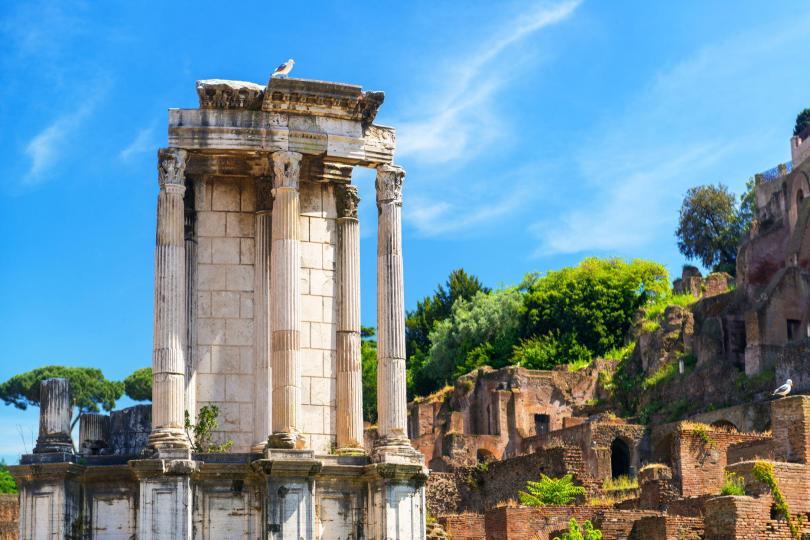

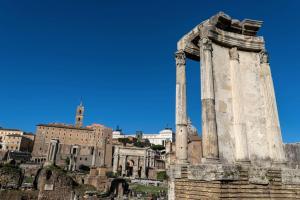
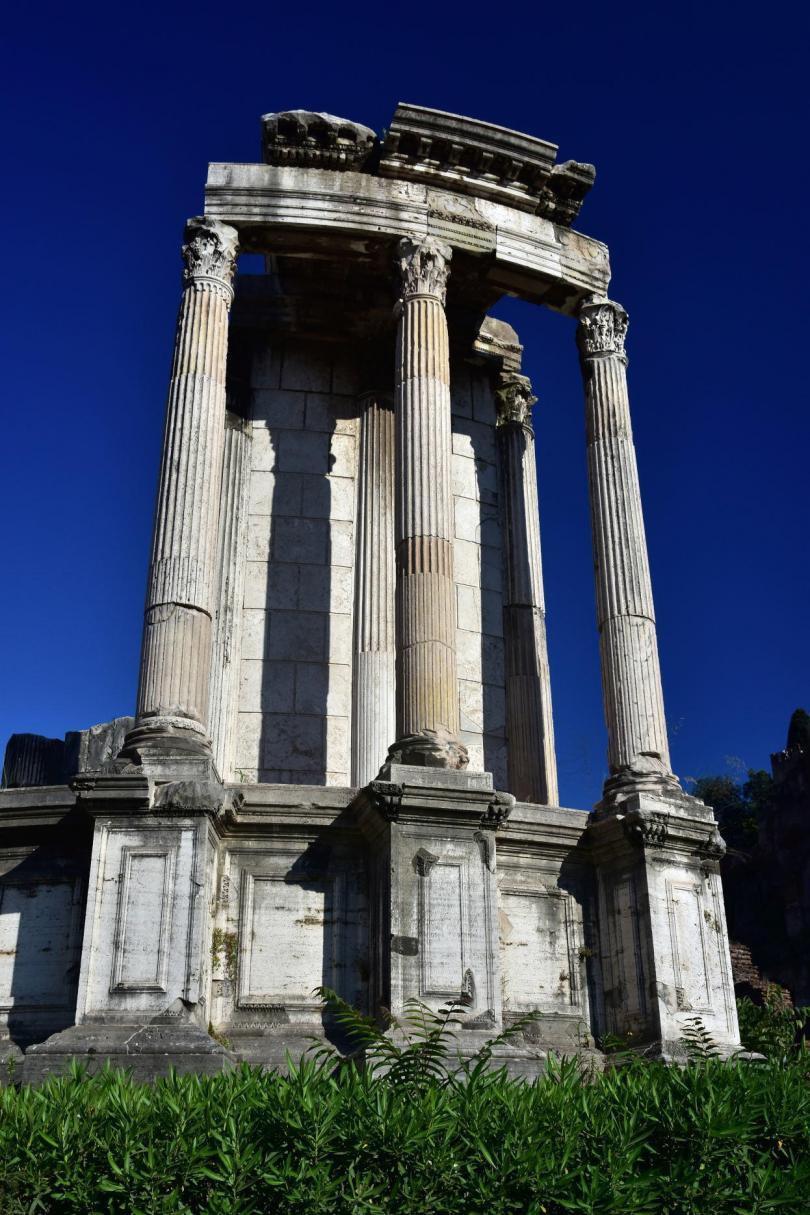
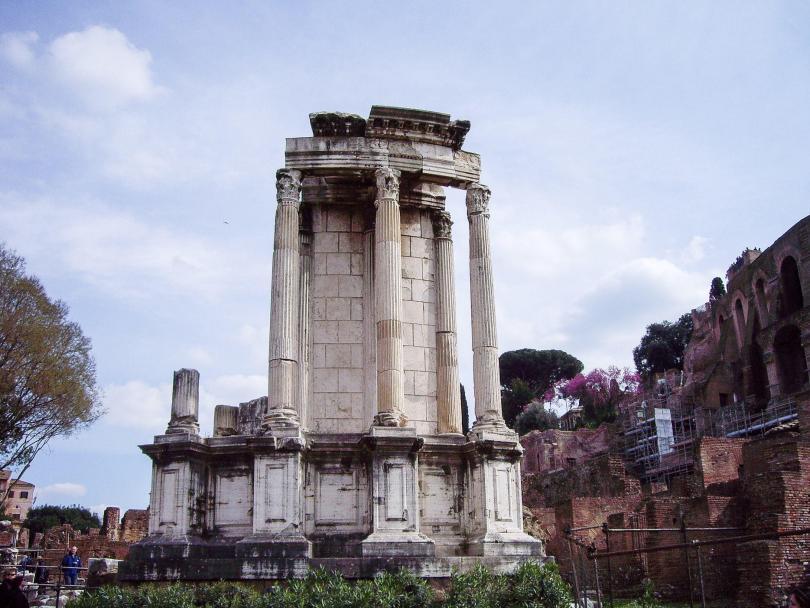
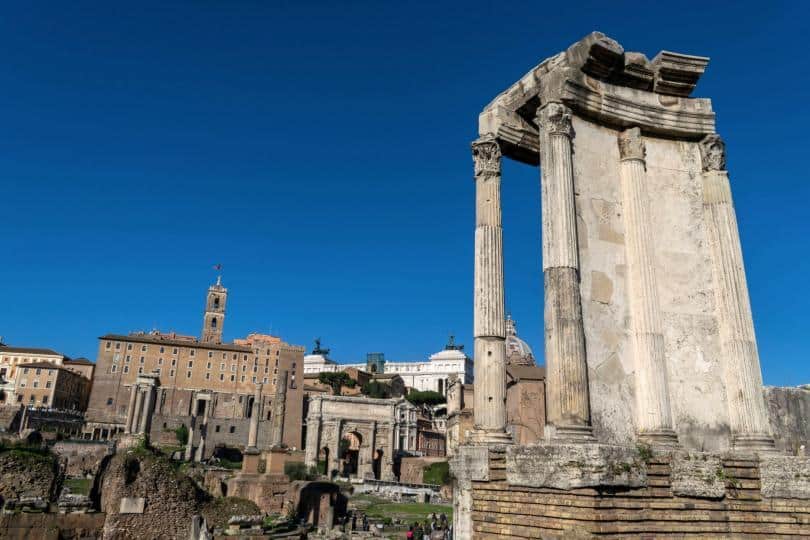
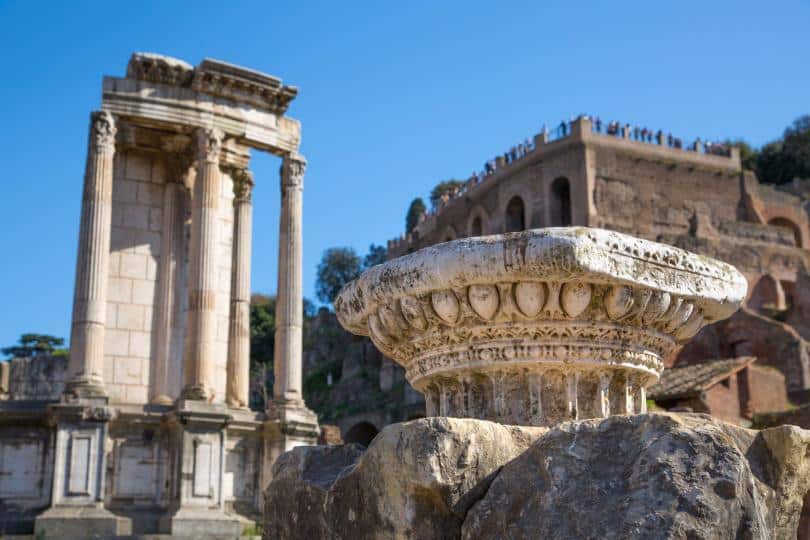
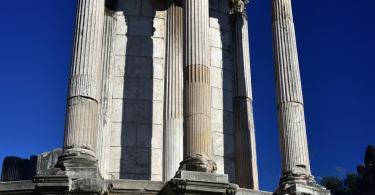


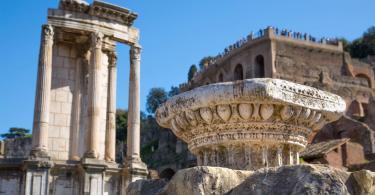


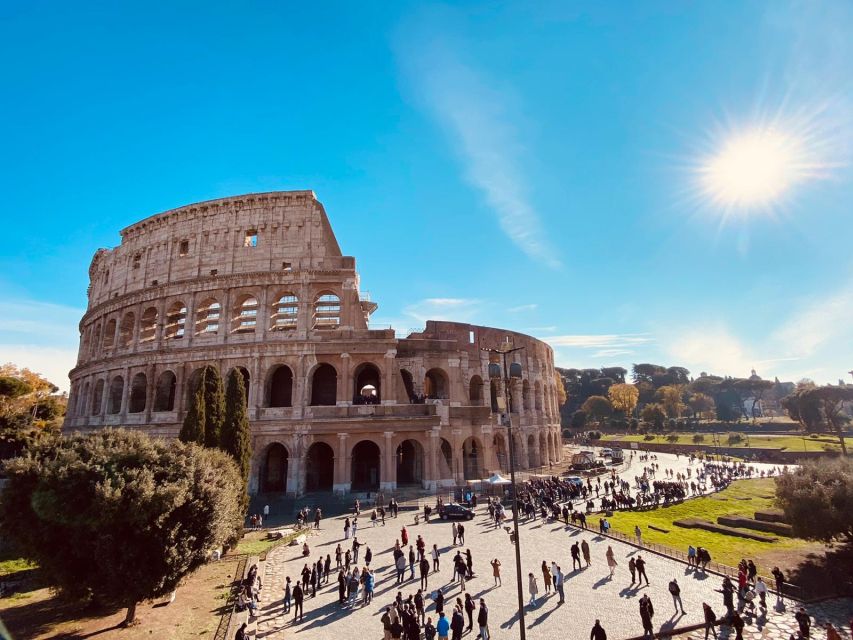
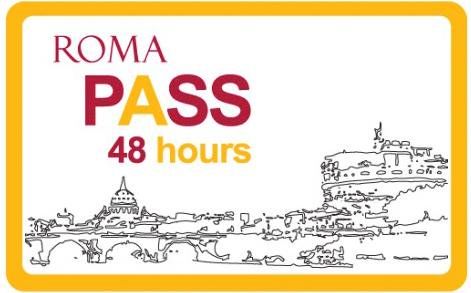
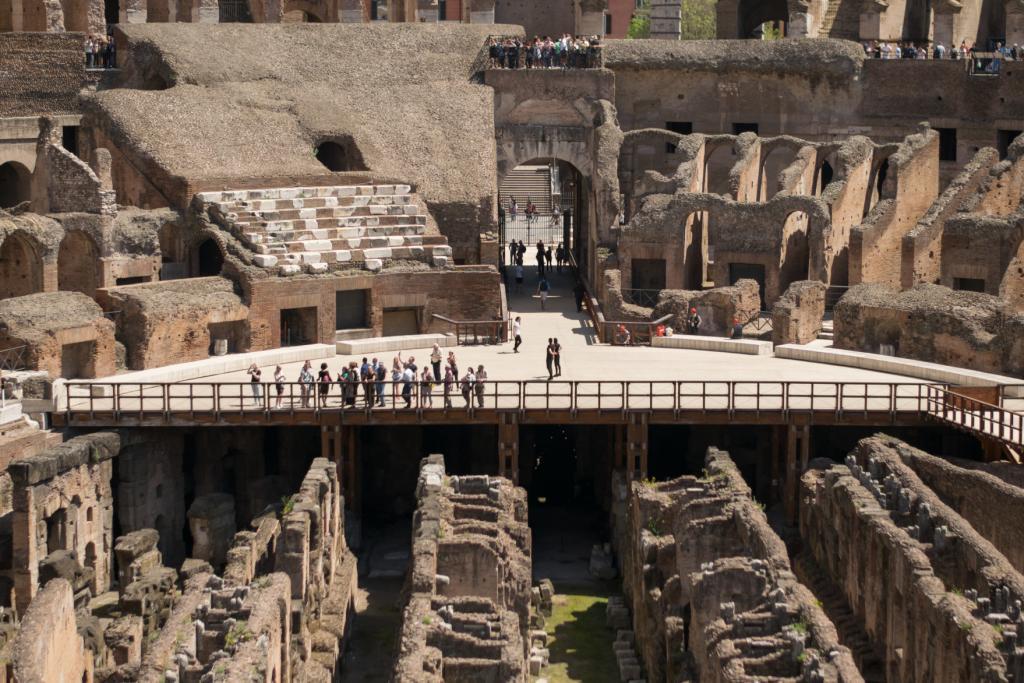

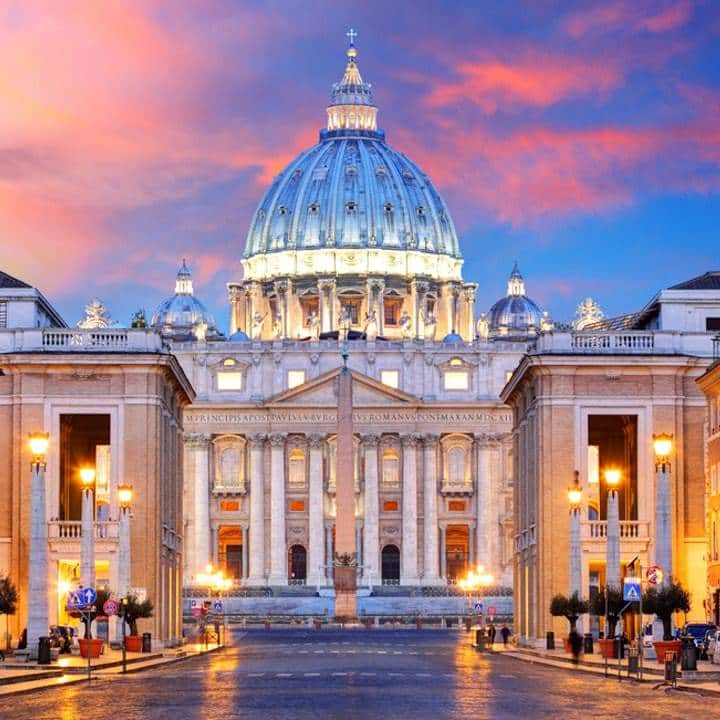

Leave a Comment